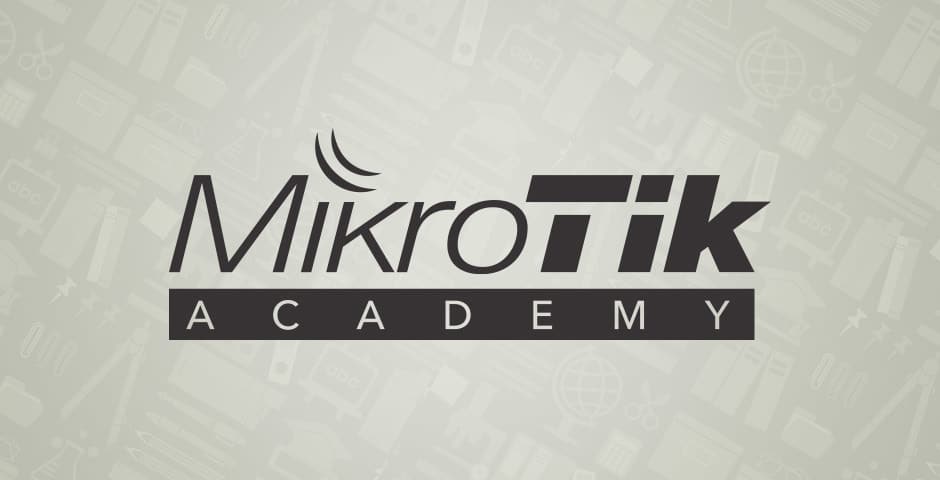
About MikroTik
MikroTik is a Latvian company which was founded in 1996 to develop routers and wireless ISP systems. MikroTik now provides hardware and software for Internet connectivity in most of the countries around the world. Our experience in using industry standard PC hardware and complete routing systems allowed us in 1997 to create the RouterOS software system that provides extensive stability, controls, and flexibility for all kinds of data interfaces and routing. In 2002 MikroTik decided to make his own hardware, and the RouterBOARD brand was born. MikroTik company is located in Riga, the capital city of Latvia.
MikroTik Academy
We are pleased to announce that, Uttara University will become a MikroTik Academy in Bangladesh. This opportunity means Uttara University can offer the Students MikroTik Certified Associate (MTCNA) Course.
Course Title: MikroTik Certified Network Associate (MTCNA).
Duration: 4 Months.
Eligible Student: Only Uttara University students are eligible for this course.
Course Prerequisites: The student must have a good understanding of TCP/IP and subnetting. Suggested study IPv4 also.
Outcomes:
By the end of this training session, the student will be familiar with RouterOS software and RouterBOARD products and be able to connect the client to the Internet. He will also be able to configure, manage, do basic troubleshooting of a MikroTik router and provide basic services to clients.
Course Outline:
Module-01: Introduction
1. About MikroTik
• What is Router OS
• What is Router BOARD
2. First time accessing the router
• WinBox and MAC-WinBox
• WebFig and Quick Set
• Default configuration
3. RouterOS command line interface (CLI)
• Null Modem cable
• SSH and Telnet
• New terminal in WinBox/WebFig
4. RouterOS CLI principles
• <tab>, double <tab>, “?”, navigation
• Command history and its benefits
5. Initial configuration (Internet access)
• WAN DHCP-client
• LAN IP address and default gateway
• Basic Firewall – NAT masquerade
6. Upgrading RouterOS
• Package types
• Ways of upgrading
• RouterBOOT firmware upgrade
7. Router identity
8. Manage RouterOS logins
9. Manage RouterOS services
10. Managing configuration backups
• Saving and restoring the backup
• Difference between a backup and an export (.rsc) file
• Editing an export file
11. Resetting a RouterOS device
12. Reinstalling a RouterOS device (Netinstall)
13. RouterOS license levels
14. Sources of additional information
• wiki.mikrotik.com
• forum.mikrotik.com
• mum.mikrotik.com
• Distributor and consultant support
15. Module 1 laboratory
Module-02: DHCP
1. DHCP server and client
• DHCP client
• DHCP server setup
• Leases management
• DHCP server network configuration
2. Address Resolution Protocol (ARP)
• ARP modes
• RouterOS ARP table
3. Module 2 laboratory
Module-03: Bridging
1. Bridging overview
• Bridge concepts and settings
• Creating bridges
• Adding ports to bridges
2. Bridge wireless networks
• Station bridge
3. Module 3 laboratory
Module-04: Routing
1. Routing overview
• Routing concepts
• Route flags
2. Static routing
• Creating routes
• Setting default route
• Managing dynamic routes
• Implementing static routing in a simple network
3. Module 4 laboratory
Module-05: Wireless
1. 802.11a/b/g/n/ac Concept
• Frequencies (bands, channels) data-rates / chains (tx power, rx sensitivity, country regulations)
2. Setup a simple wireless link
• Access Point configuration
• Station configuration
3. Wireless Security and Encryptio
• Access List
• Connect List
• Default Authenticate
• Default Forward
• WPA-PSK, WPA2-PSK
• WPS accept, WPS client
4. Monitoring Tool
• Snooper
• Registration table
5. Module 5 laboratory
Module-06: Firewall
1. Firewall principles
• Connection tracking and states
• Structure, chains and actions
2. Firewall Filter in action
• Filter actions
• Protecting your router (input)
• Protection your customers (forward)
3. Basic Address-List
4. Source NAT
• Masquerade and src-nat action
5. Destination NAT
• dst-nat and redirect actions
6. FastTrack
7. Module 6 laboratory
Module-07: QoS
1. Simple Queue
• Target
• Destinations
• Max-limit and limit-at
• Bursting
2. One Simple queue for the whole network (PCQ)
• pcq-rate configuration
• pcq-limit configuration
3. Module 7 laboratory
Module-08: Tunnels
1. PPP settings
• PPP profile
• PPP secret
• PPP status
2. IP pool
• Creating pool
• Managing ranges
• Assigning to a service
3. Secure local network
• PPPoE service-name
• PPPoE client
• PPPoE server
4. Point-to-point addresses
5. Secure remote networks communication
• PPTP client and PPTP server (Quick Set)
• SSTP client
6. Module 8 laboratory
Module-09: Misc
1. RouterOS tools
• Netwatch
• Ping
• Traceroute
• Profiler (CPU load)
2. Monitoring
• Interface traffic monitor
• Torch
• Graphs
• SNMP
• The Dude
3. Contacting [email protected]
• supout.rif, autosupout.rif and viewer
• System logs, enabling debug logs
• Readable configuration (item comments and names)
• Network diagrams
4. Module 9 laboratory
